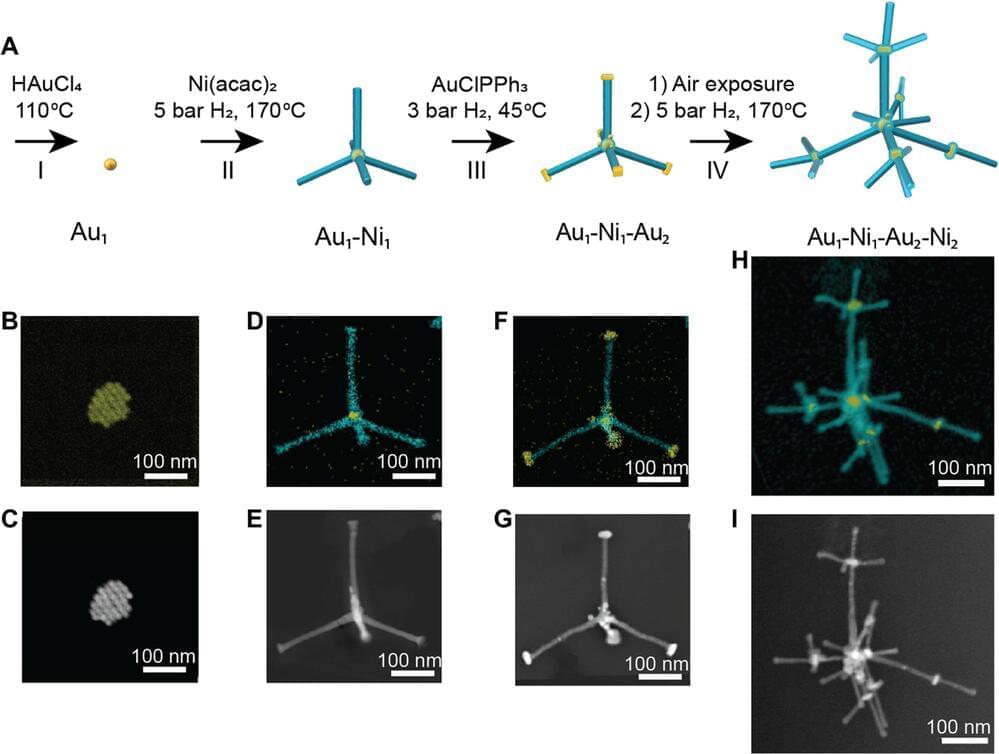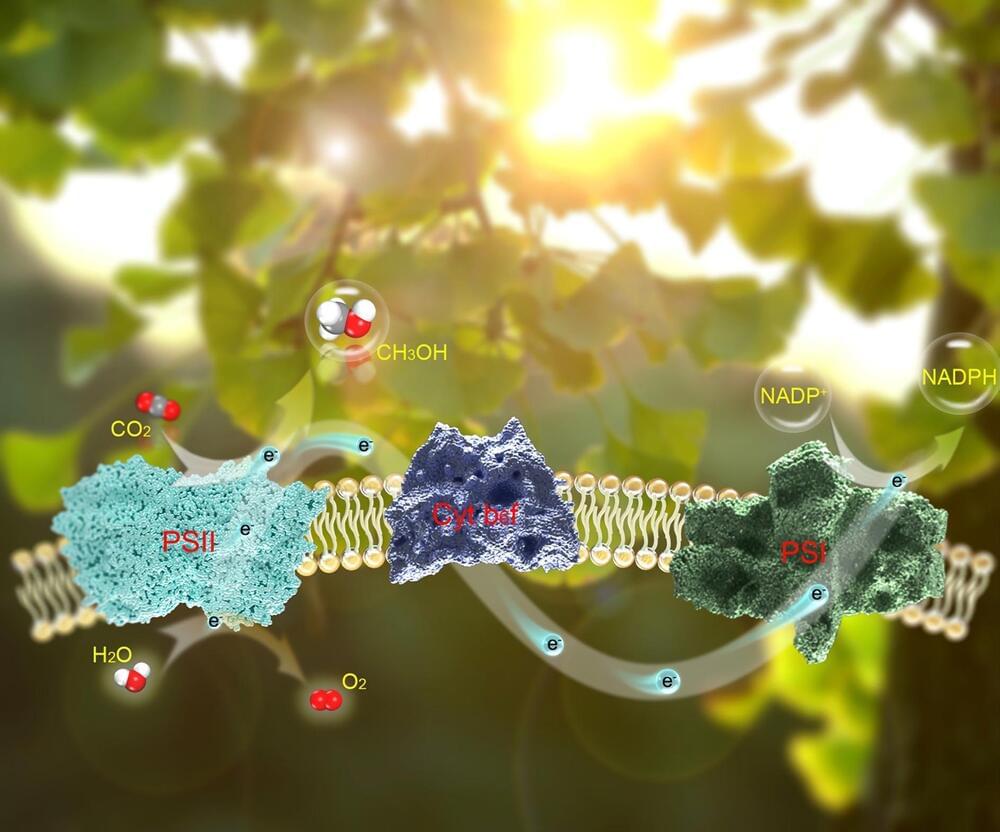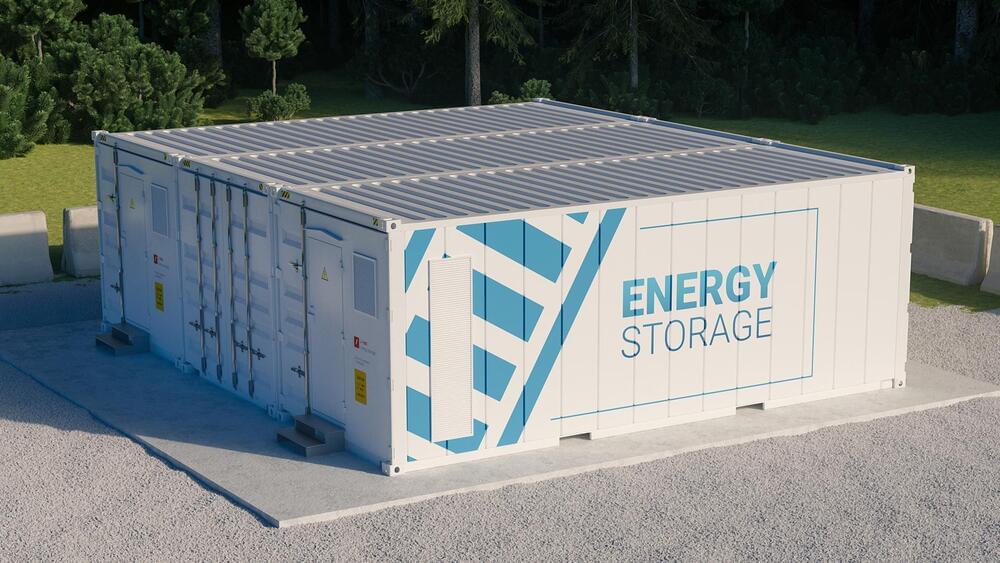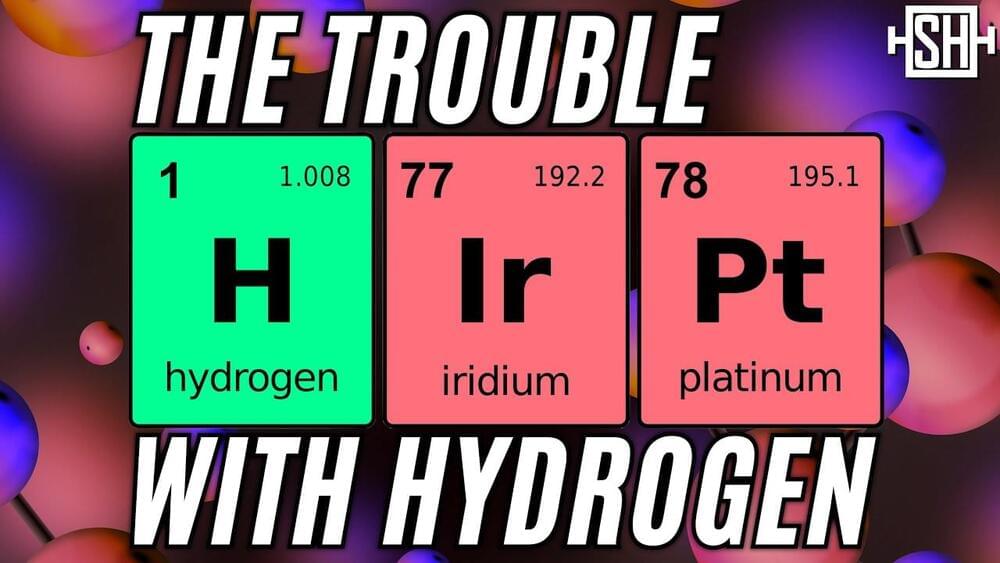Jan 18, 2023
World’s first ammonia-electric semi packs as much energy as the Tesla
Posted by Quinn Sena in categories: energy, transportation
Claiming a system-level energy density 5X higher than batteries, Amogy has rolled out “the world’s first ammonia-powered, zero-emission semi truck.” It holds about 900 kWh of energy, like the Tesla Semi, but you can refuel it in about eight minutes.

















